Kiwi birds, with their distinctive appearance and nocturnal habits, are iconic symbols of New Zealand’s unique natural heritage. Renowned for their cultural and ecological significance, these flightless birds have captivated the hearts of many. If you’re passionate about wildlife and keen to experience these fascinating creatures in their natural habitat, New Zealand is undoubtedly the place to be. This article delves into why New Zealand is unparalleled in providing the best opportunities to see kiwi birds in the wild.
The National Icon of New Zealand
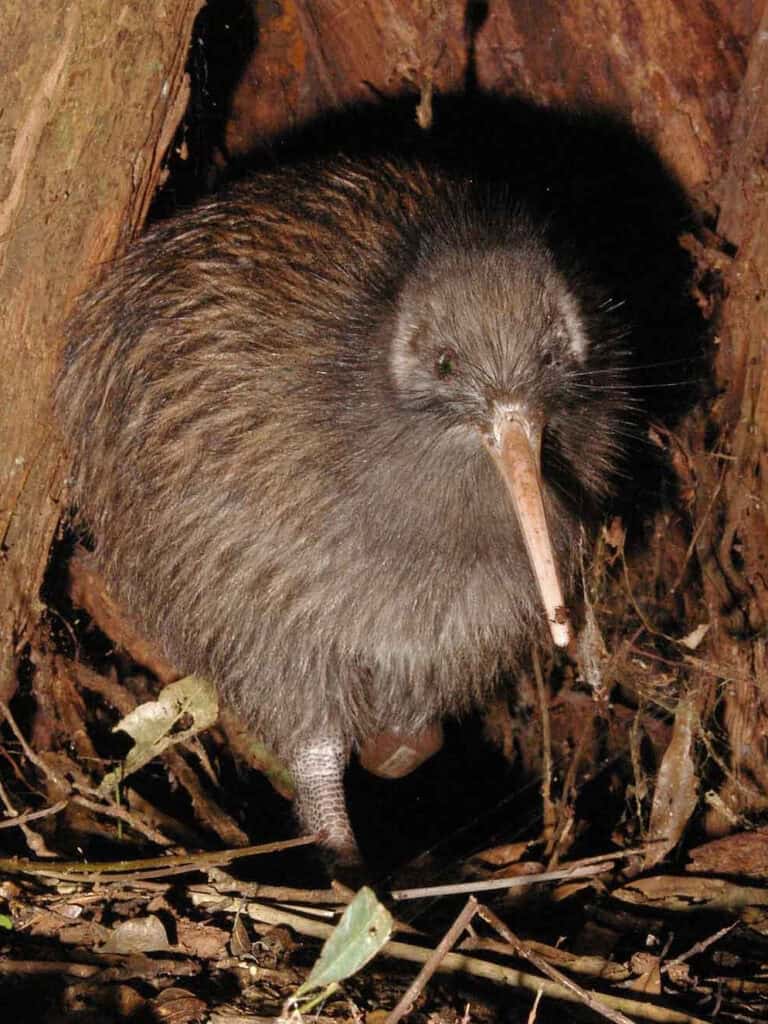
Kiwis hold a special place in New Zealand’s identity, so much so that New Zealanders are often colloquially referred to as “Kiwis.” The bird symbolizes the country’s distinct wildlife heritage and is revered by both locals and conservationists. Its significance is deeply rooted in New Zealand culture, featuring prominently in folklore and national emblems. Observing kiwis in the wild offers a unique insight into this connection and provides an authentic experience of New Zealand’s natural world.
Home of the Kiwis

New Zealand is the exclusive home to kiwi birds, hosting all five recognized species: the North Island brown kiwi, the great spotted kiwi, the little spotted kiwi, the tokoeka, and the rowi. Each species adapts to specific regions and conditions, further cementing New Zealand’s status as their only natural habitat. The country’s diverse landscapes offer various environments suitable for different kiwi species, making it the ideal destination for bird enthusiasts.
Unique Characteristics of Kiwi Birds
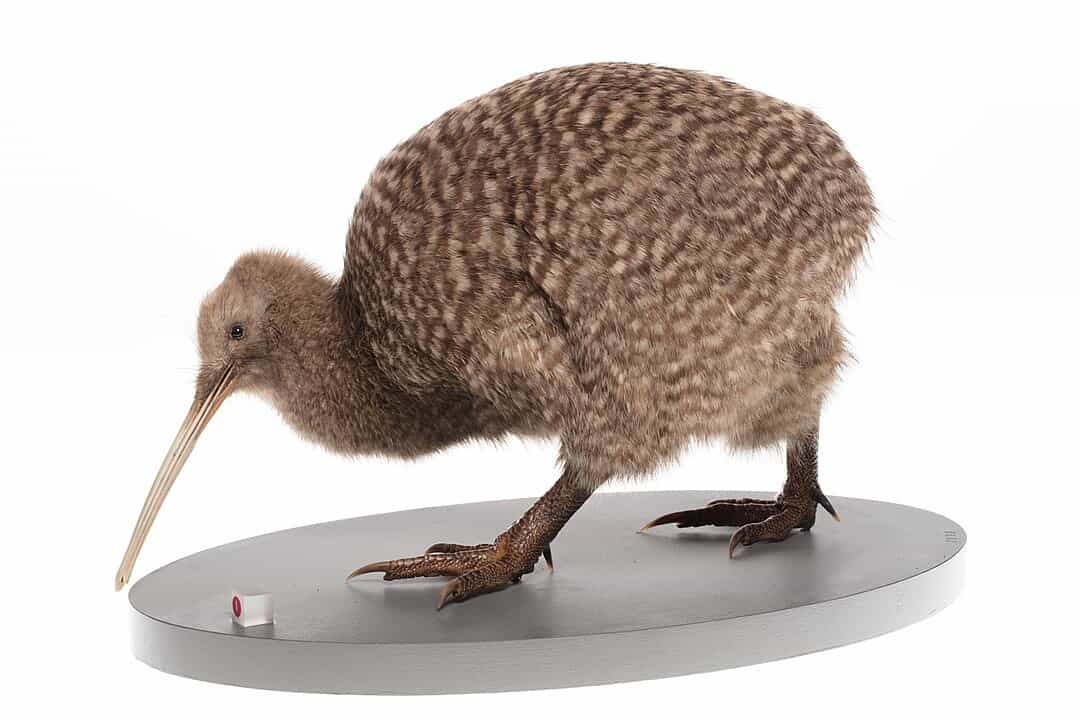
Kiwis are extraordinary birds with several unusual traits. Unlike other birds, they have nostrils at the end of their long beaks, which they use to sniff out insects and worms underground. Their feathers are more like fur, providing excellent camouflage in their forest habitats. Despite being flightless, kiwis are agile runners, enabling them to navigate dense undergrowth swiftly. These unique characteristics emphasize the need to observe them in the wild to appreciate fully.
Nocturnal Wonders: Night Tours

Kiwi birds are primarily nocturnal, making night tours the perfect way to observe them. Various regions in New Zealand, such as the Northland’s Bay of Islands and Stewart Island, offer guided nocturnal expeditions. Equipped with red-light torches that do not disturb the birds, visitors can witness kiwi foraging behaviors and calls under the careful guidance of experts. These tours provide an ethical and enriching wildlife experience.
Conservation Efforts and Protected Habitats
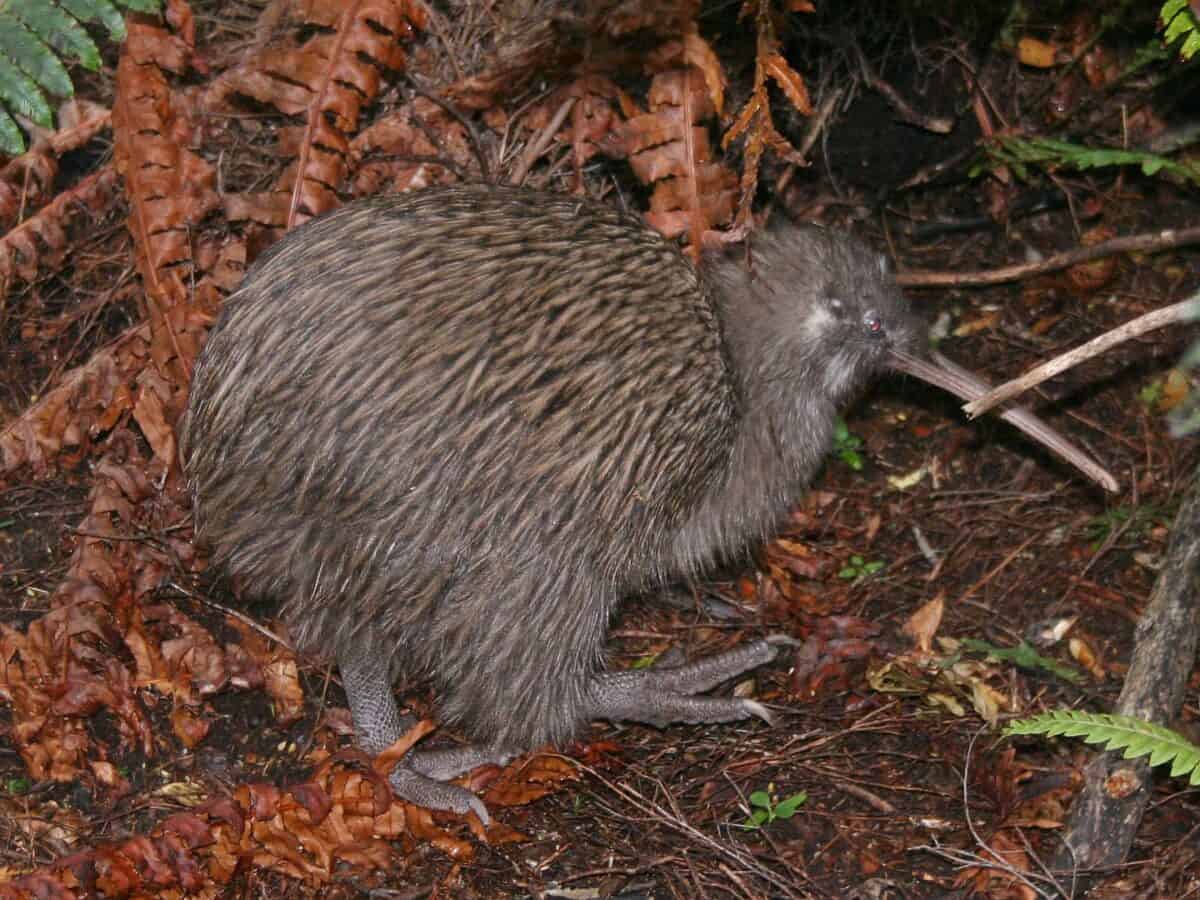
New Zealand leads the charge in kiwi conservation, with numerous programs dedicated to supporting their populations and preventing extinction. Sanctuaries and reserves across the country offer protected environments free from predators like stoats and dogs, which are significant threats to kiwis. Visiting these conservation areas not only increases the chances of encountering kiwi birds but also supports vital conservation work.
Rich Biodiversity Supporting Kiwi Habitats

New Zealand’s forests and wilderness harbor a wealth of biodiversity, providing an interconnected ecosystem that supports kiwi birds. The lush undergrowth supplies insects and vegetation necessary for their diet, and the secluded environment offers safe nesting sites. Nature reserves, such as Egmont National Park and Fiordland, offer picturesque landscapes where kiwis thrive, providing ideal settings for wildlife observation.
Local Knowledge and Indigenous Wisdom

The preservation of kiwi birds is deeply ingrained in the traditions of New Zealand’s Indigenous Maori people. The Maori have long regarded the kiwi as a taonga, or treasure, integral to their cultural heritage. Local guides often incorporate Maori legends and perspectives into tours, offering a rich, narrative-driven experience that enriches understanding of both the birds and the wider cultural context.
Impact of Eco-Tourism
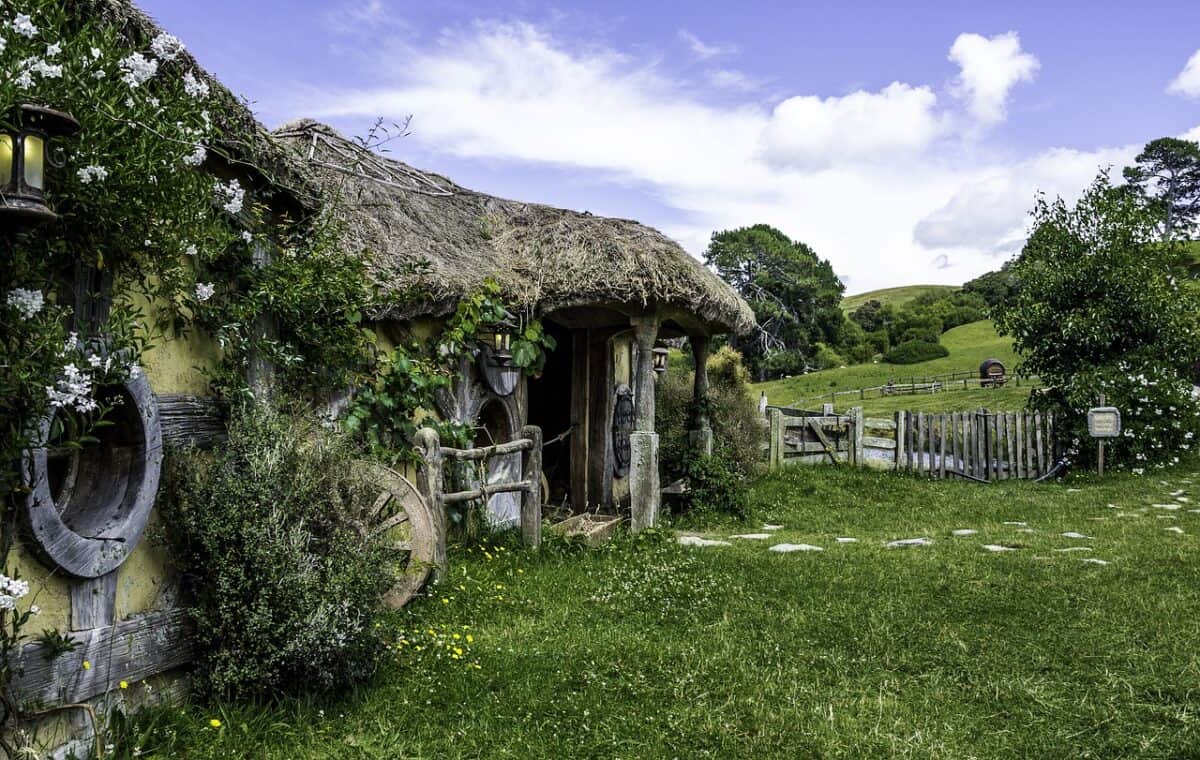
Eco-tourism in New Zealand plays a crucial role in funding and supporting kiwi conservation projects. By visiting kiwi habitats, tourists contribute financially to research and preservation efforts while raising awareness of the challenges faced by these iconic birds. Initiatives, such as the Kiwis for kiwi trust, rely on eco-tourism contributions, demonstrating how tourism can positively impact conservation.
Prime Kiwi-Spotting Locations
Several areas across New Zealand are well-known for frequent kiwi sightings. Stewart Island, home to the highest density of Brown Feathered Kiwis, and the Okarito Kiwi Sanctuary, known for its rare Rowi species, are among the top destinations. These regions offer natural, often undisturbed settings, where patient and respectful wildlife enthusiasts can observe kiwis going about their nightly activities.
Educational Opportunities at Kiwi Houses
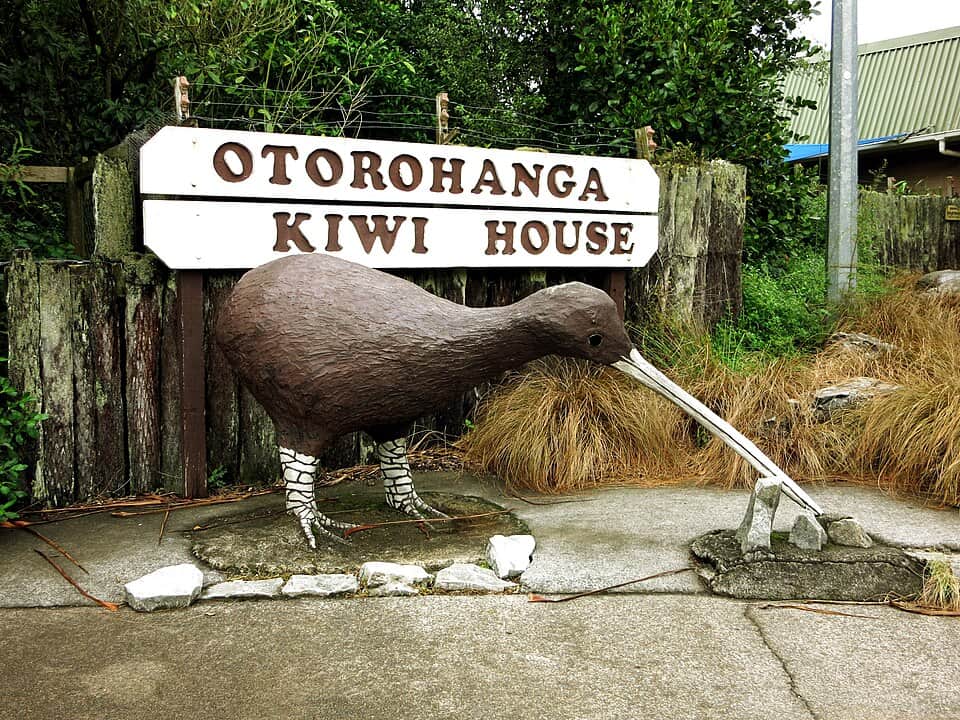
Visitors keen to learn more about kiwi birds can explore numerous kiwi houses and sanctuaries, such as the Kiwi House in Otorohanga or the Willowbank Wildlife Reserve in Christchurch. These facilities provide educational tours, showcasing breeding programs and rehabilitation projects, and often include nighttime enclosures where one can observe kiwis in action, offering insights into efforts to protect these unique birds.
Witnessing Kiwi Burrowing Behavior
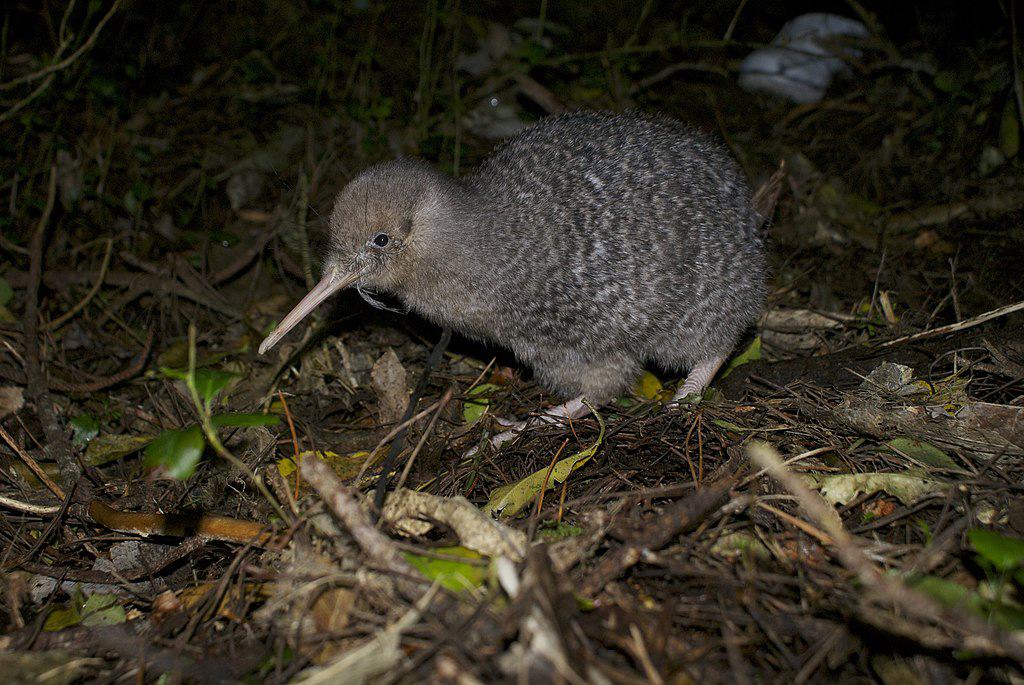
One of the captivating behaviors kiwis exhibit is their burrowing activity. Kiwis dig with their powerful legs and long beaks, turning dense landscapes into a network of intricate burrows. Observing this behavior in the wild, often during guided walks, highlights their adaptability and offers insight into their daily struggle to thrive in a predator-rich environment.
Seasonal Insights: Best Times to Visit
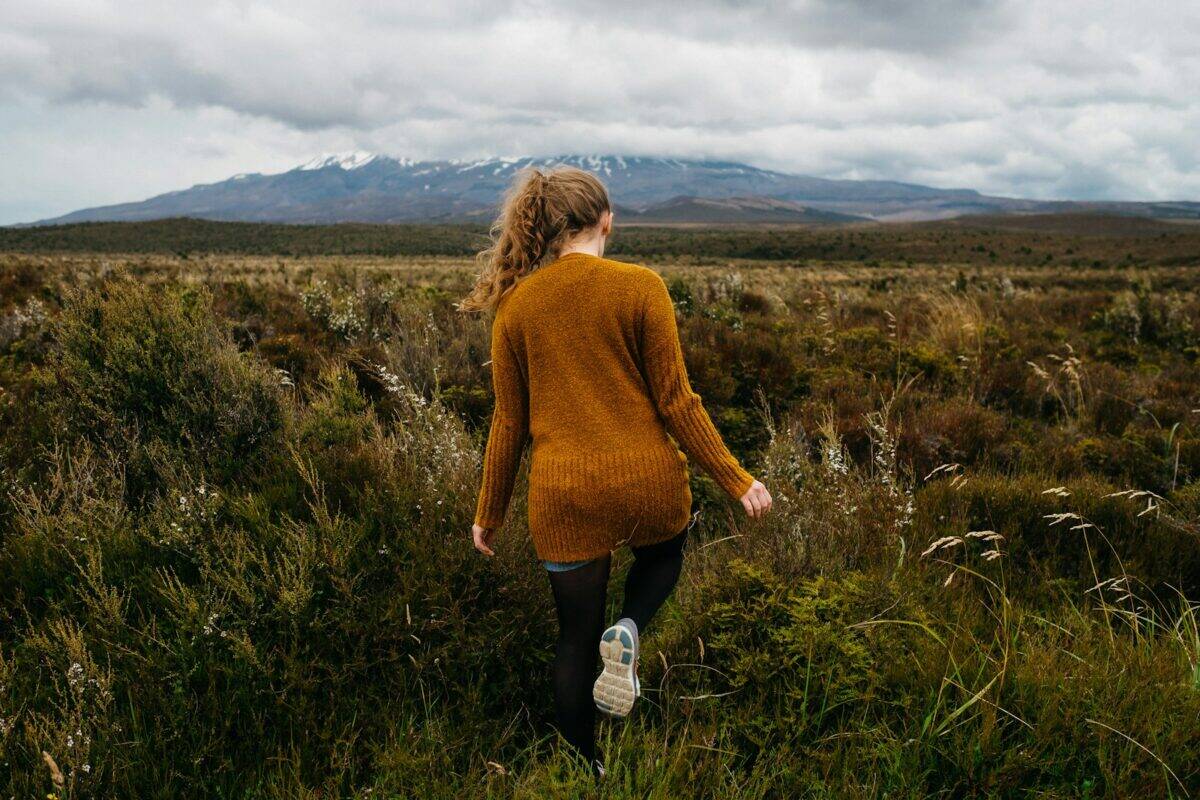
While kiwis are predominantly active year-round, certain seasons offer enhanced viewing opportunities. The springtime, between September and November, is an optimal period when kiwis are more active due to mating and nesting activities. Scheduling visits during these seasons increases the likelihood of observing kiwis and potentially witnessing their chicks’ first forays into the world.
In conclusion, New Zealand stands unrivaled as the best place to see kiwi birds in the wild due to its dedication to conservation, rich habitats, and deep cultural connections with the species. Whether through nocturnal tours, educational centers, or conservation areas, witnessing these iconic birds in their homeland offers an incomparable experience of nature’s intricacies and New Zealand’s distinct environment. Not only will you catch a glimpse of the kiwi’s unique behaviors, but you’ll also support ongoing efforts to preserve and celebrate this beloved creature.
- The Amazing Memory of Migratory Monarch Butterflies - August 10, 2025
- How Some Animals Can Regrow Their Body Parts - August 10, 2025
- Why Bees Dance to Communicate Nectar Locations - August 10, 2025

